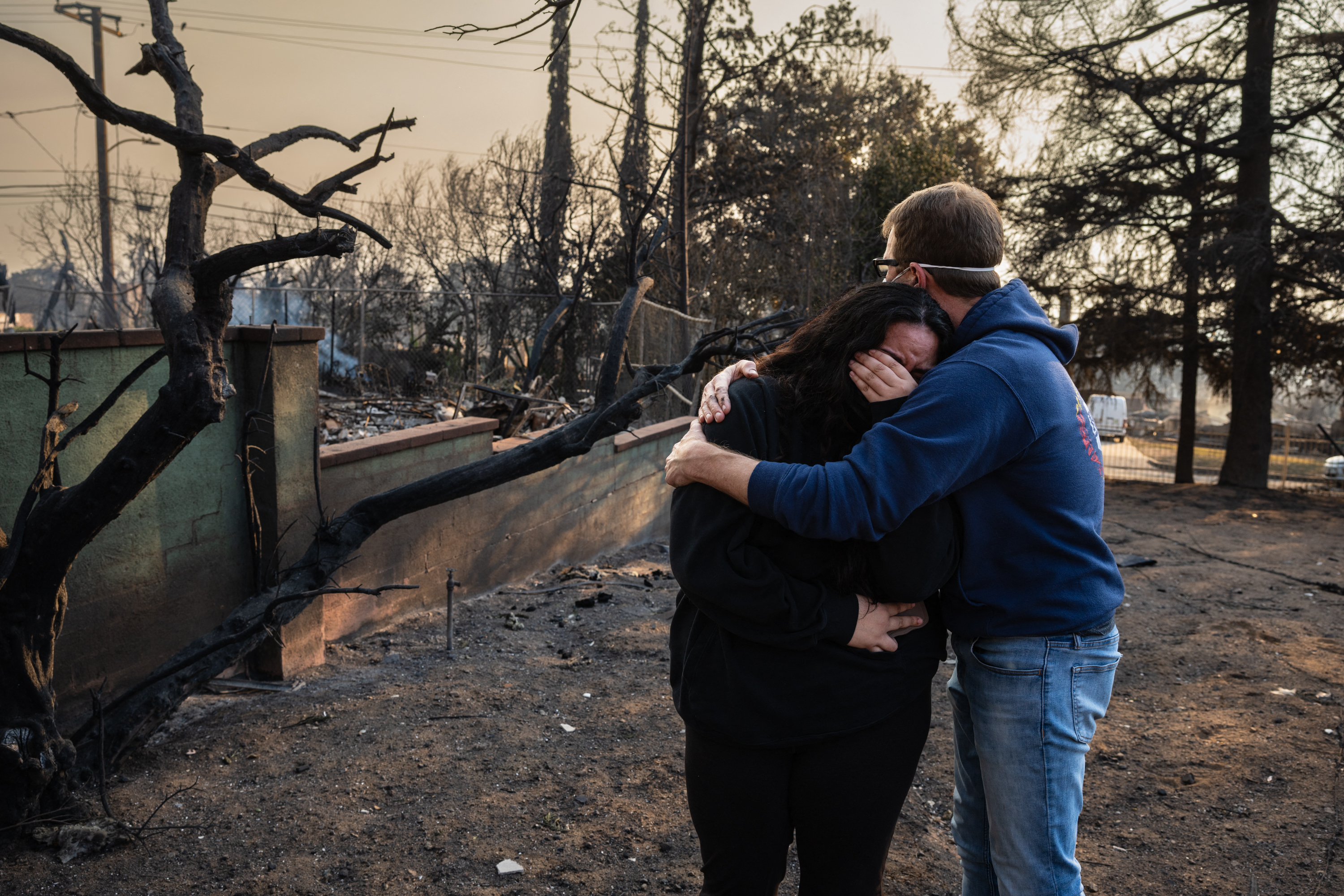As Tropical Storm Rafael looks set to form in the Caribbean, spaghetti models show which islands and U.S. states the weather front could hit if it develops into a hurricane.
As reported by Newsweek, The National Hurricane Center (NHC) has forecast a possible tropical storm that could form today and head toward Florida, bringing heavy rain. The storm is known as Potential Tropical Cyclone 18, but will be named Storm Rafael if it intensifies into a tropical storm.
Currently positioned east of the Caribbean, it's showing signs of intensification, with the potential to reach hurricane status within the coming days.
As the weather system gains strength in the Atlantic, meteorologists are closely monitoring its projected path, with a spaghetti model from Tropical Tidbits' Global Tropical Cyclone and Disturbance Information page showing potential impacts along the U.S.' Southeastern Coast.

While the storm's exact trajectory remains uncertain, the spaghetti model—a series of computer simulations that predict storm paths—highlights several possible scenarios for Rafael's movement.
The model currently projects that Rafael may curve northward, potentially threatening parts of the southeastern United States, with particular attention on Florida, including the Florida Keys, also Alabama, Mississippi, Louisiana, and possibly up to Tennessee.
However, Tropical Tidbits advises the public not to use this map to make decisions and to seek official information. Newsweek contacted the site for comment via email on Monday.
Such models, known for their "spaghetti-like" depiction of various paths, are widely used to illustrate a storm's potential track, based on different forecasting models. This early-stage guidance helps meteorologists and the public gauge the storm's possible landfall points.
If the lines are clustered together, it means there is a higher level of confidence in the storm's projected path.
According to The Weather Channel, the disturbance in the Caribbean is likely to become a tropical depression and possibly Tropical Storm Rafael on Monday and the system could become a hurricane in the western Caribbean.
The channel advises that "the storm's future track in the Gulf is highly uncertain, but it could at least enhance rain in Florida and parts of the Southeast U.S."
The NHC has advised that the storm could become a hurricane on Tuesday and it's expected to issue updates as new data comes in from satellite imagery. The storm's speed, direction, and intensity are expected to shift over the next 24 to 48 hours, providing a clearer picture of which states may be in Rafael's path.
Newsweek reached out to NOAA, which said in a statement that it will provide an update on the storm in coming hours.
With the Atlantic hurricane season nearing its end on November 30, Rafael's development shows the need for vigilance in coastal areas prone to late-season storms. Residents in potentially affected areas are advised to follow guidance from local officials, weather channels and the NHC to stay informed on the storm's progress.




















 English (US) ·
English (US) ·